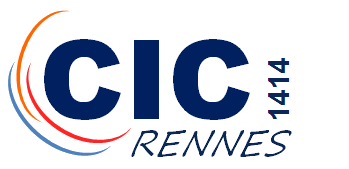Intensive interdisciplinary specialized rehabilitation or regular physiotherapy for multiple sclerosis? A randomised controlled trial with economic evaluation
Résumé
Background: The benefits of Interdisciplinary Rehabilitation in an Outpatient Specialised Unit (IROSU) have not been determined.
Objectives: To compare the effects of IROSU and physiotherapy in the community on impairment, function and Quality Of Life (QoL) in people with Multiple Sclerosis (pwMS) and to determine the medico-economic impact.
Methods: Pragmatic, multicentre, parallel, randomized (centralised computer-generated randomisation) controlled trial. 148 pwMS were analysed (73 in the IROSU group, 75 in the community group). IROSU included balance, stretching, walking, resistance and endurance training. The 6-Minute Walk Test (6MWT) was the primary outcome. Secondary outcomes were speed over 10 m, Timed Up and Go and Stair test, balance (Berg Balance Scale, posturology), knee extensor and flexor strength (isokinetic dynamometer), peak power output (cycling test), fatigue (Fatigue Severity Scale, Modified Fatigue Impact Scale), QoL (EuroQol EQ5D3 L, SEP59), anxiety and depression (Hospital Anxiety and Depression scale) and Multiple Sclerosis Impact Scale. Evaluations were performed before, after 4 weeks of training and 3 and 6 months after the start by therapists blinded to group allocation. Linear mixed effect models were used (intention-to-treat analysis). Cost-effectiveness and cost-utility ratios were analysed.
Results: 6MWT increased similarly in both groups from baseline to M1 (423.8 (126.7) m to 476.0 (119) m IROSU, 404.4 (99.3) m to 440.5 (112.1) m community, P < 0.001), to M3 (P < 0.001) and to M6 (P = 0.001). Knee extensor strength, power output and QoL-physical health improved significantly more in IROSU group (P < 0.05, effect size 0.25-0.61). Many improvements were maintained at the 6-month follow-up. Gain in quality adjusted life years and cost-utility ratios were in favour of IROSU.
Conclusions: Walking distance improved similarly in both groups but this was underpowered. The larger improvements in secondary outcomes and quality-adjusted life years after IROSU, maintained at the 6-month follow-up, suggest pwMS should have access to this program each year.
Trial registration clinical trials: NCT01871818.


